Chicago’s well-known attractions draw millions of visitors each year, but beneath the glittering surface of the Magnificent Mile and beyond the crowds at Cloud Gate lies a deeper, more fascinating historical landscape. These lesser-known sites tell rich stories of the city’s past, from immigrant struggles to architectural innovations and social movements.
Whether you’re a history enthusiast or simply looking to explore beyond the typical tourist spots, these hidden gems offer authentic glimpses into Chicago’s soul.
Clarke House Museum – 1827 S. Indiana Avenue
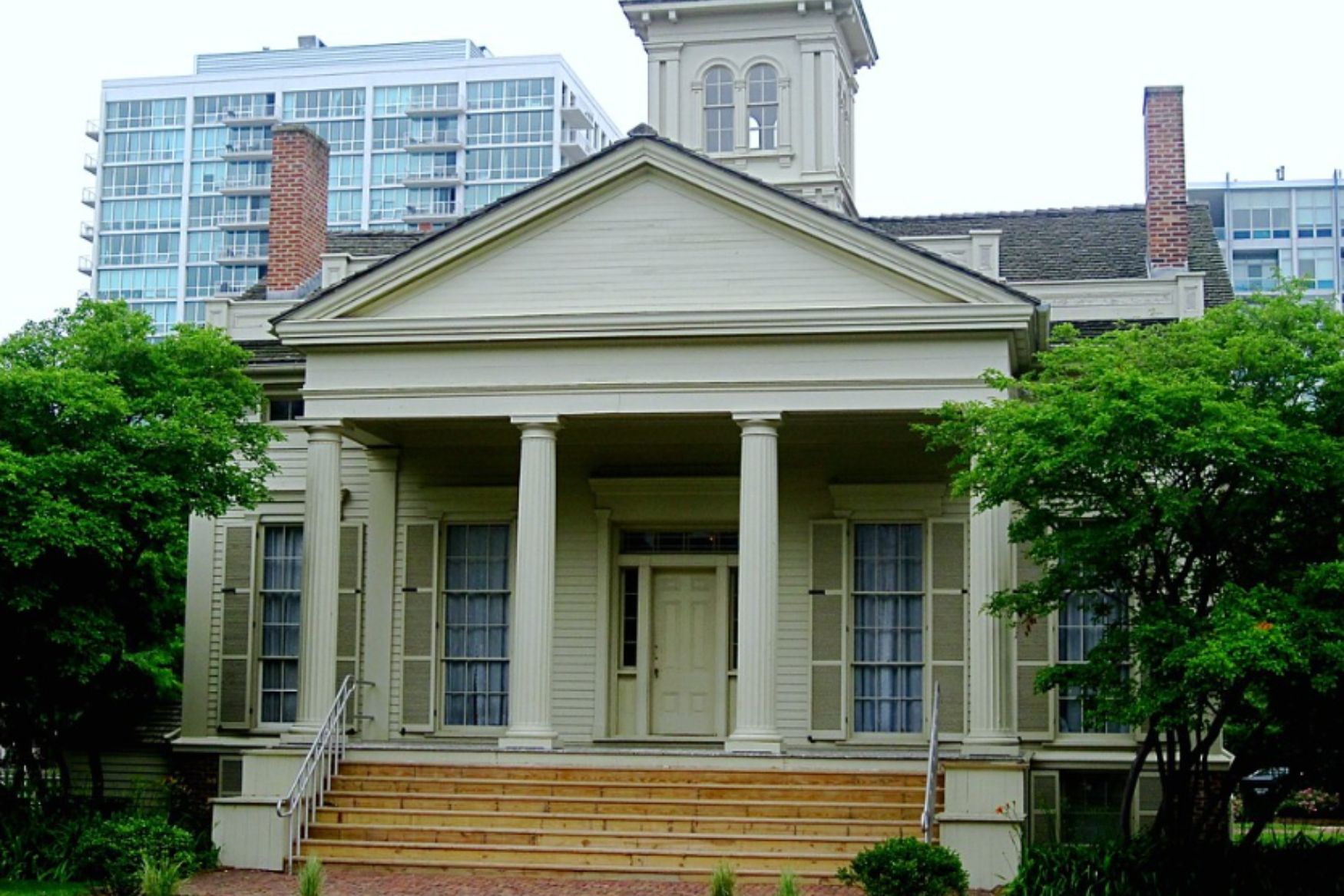
As Chicago’s oldest surviving building, the Clarke House Museum is a remarkable testament to pre-fire Chicago architecture. Built in 1836, the Greek Revival structure survived the Great Chicago Fire and multiple relocations throughout its history.
This historic home offers visitors a unique glimpse into the lives of early Chicago settlers, with period-accurate furnishings and expert docents sharing fascinating stories of frontier life.
Glessner House – 1800 S. Prairie Avenue
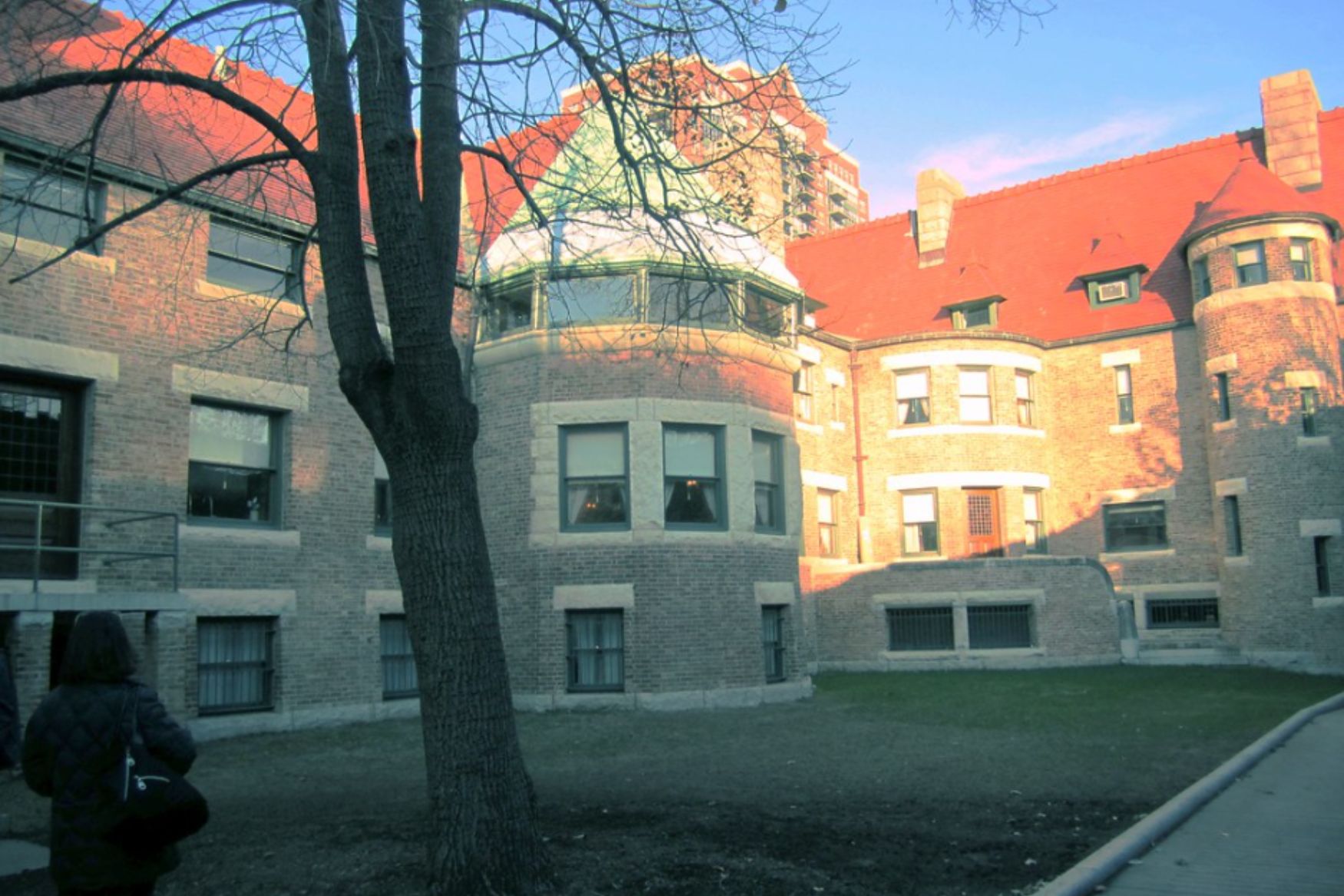
The Glessner House stands as a bold departure from traditional Victorian architecture, challenging the aesthetic norms of its time. Designed by renowned architect Henry Hobson Richardson in 1887, this fortress-like mansion exemplifies the innovative Richardsonian Romanesque style.
The house’s unconventional design sparked controversy among Prairie Avenue’s elite residents, making it a symbol of architectural rebellion.
Like Travel Pug’s content? Follow us on MSN.
Polish Triangle – Milwaukee, Division and Ashland
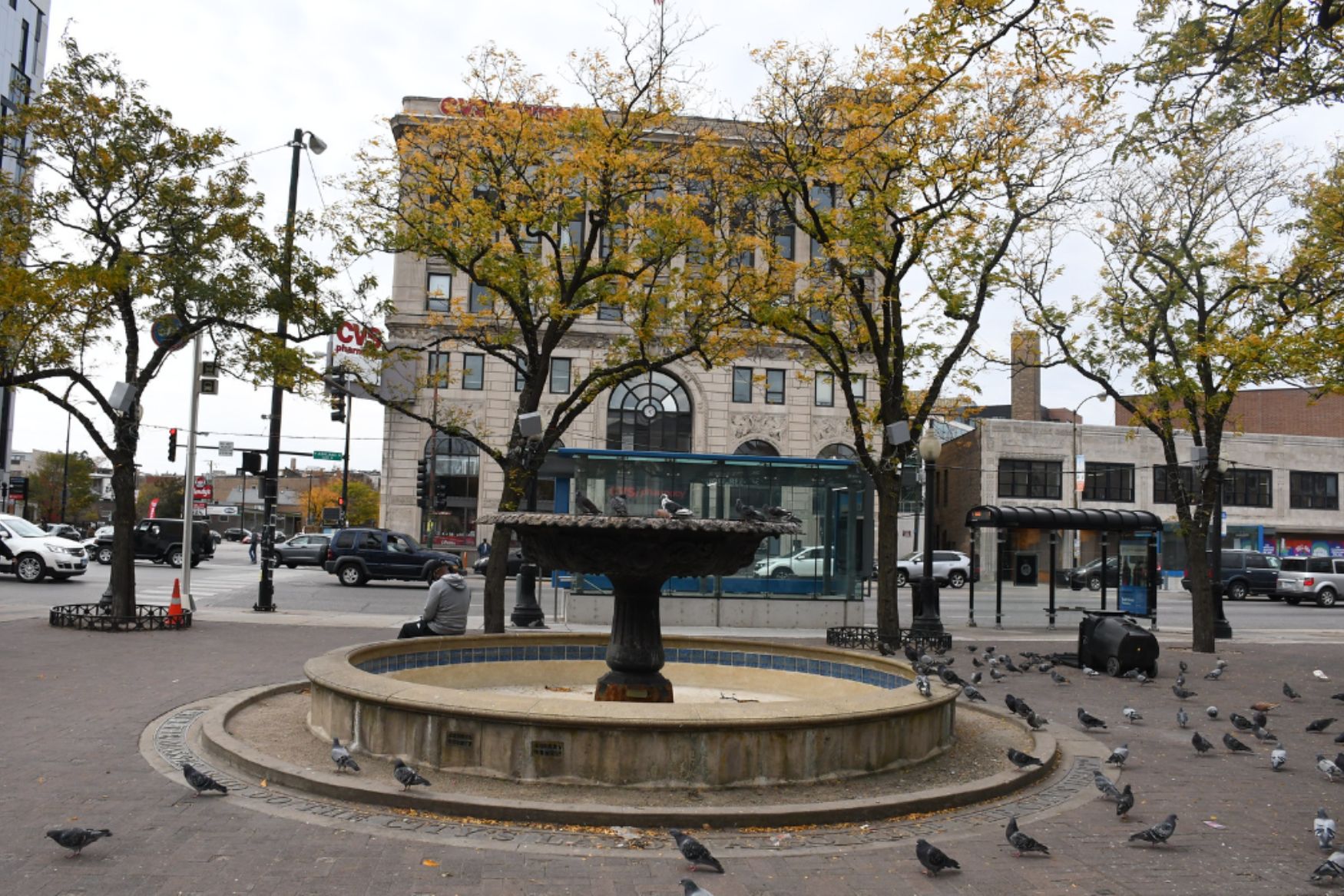
Once the heart of Chicago’s Polish community, this historic intersection tells the story of immigrant perseverance and cultural preservation. The triangle’s surrounding buildings house century-old businesses that have survived changing demographics and urban renewal.
Local landmarks include the historic Division Street Russian and Turkish Baths, which have served the community since 1906.
Motor Row Historic District – South Michigan Avenue
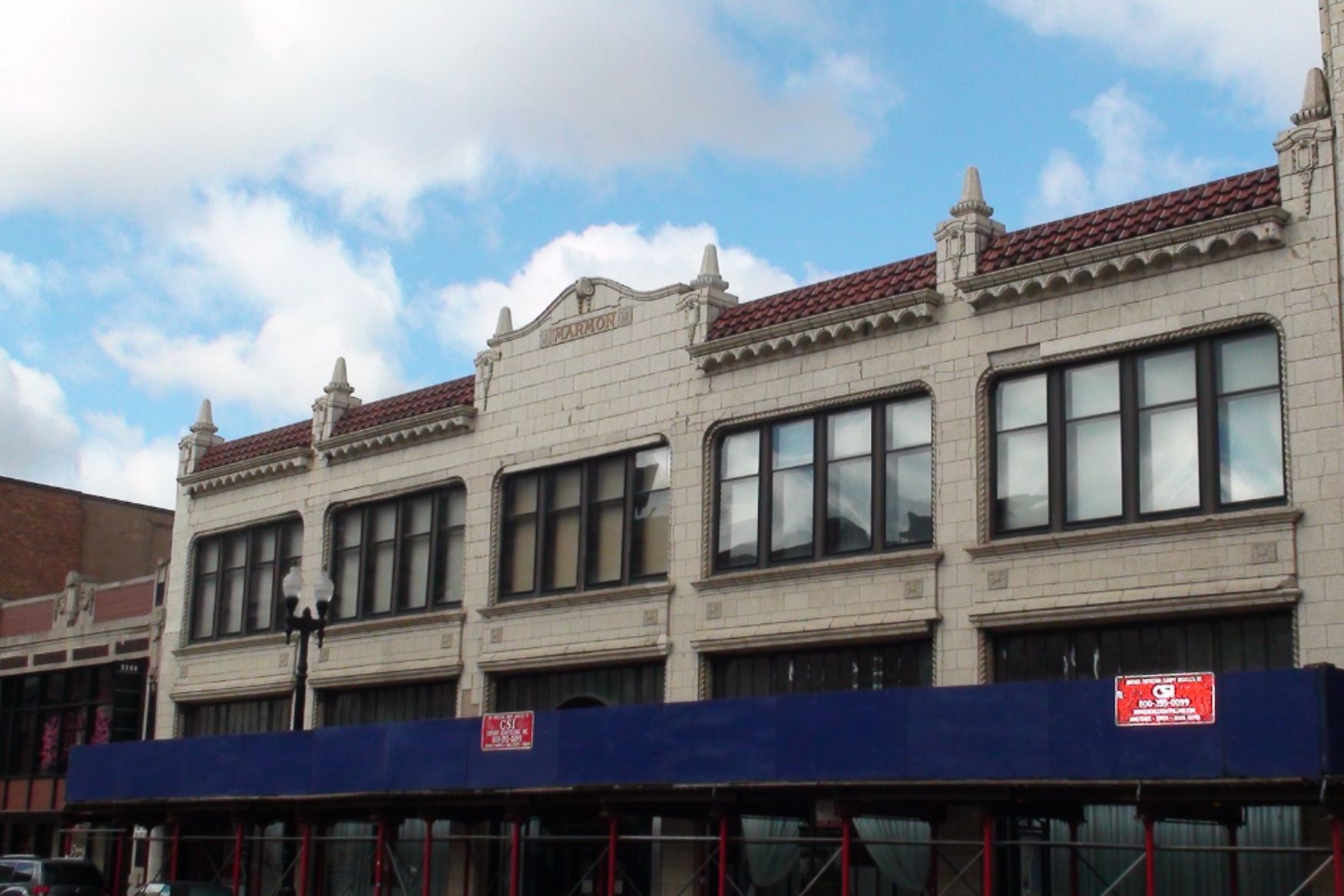
This stretch of South Michigan Avenue once housed the country’s largest concentration of early automobile showrooms. The district’s elaborate terra cotta facades and large display windows showcase the architectural grandeur of the early automotive age.
These buildings now host an eclectic mix of businesses while preserving their distinctive automotive heritage.
Swift Mansion – 4500 S. Michigan Avenue
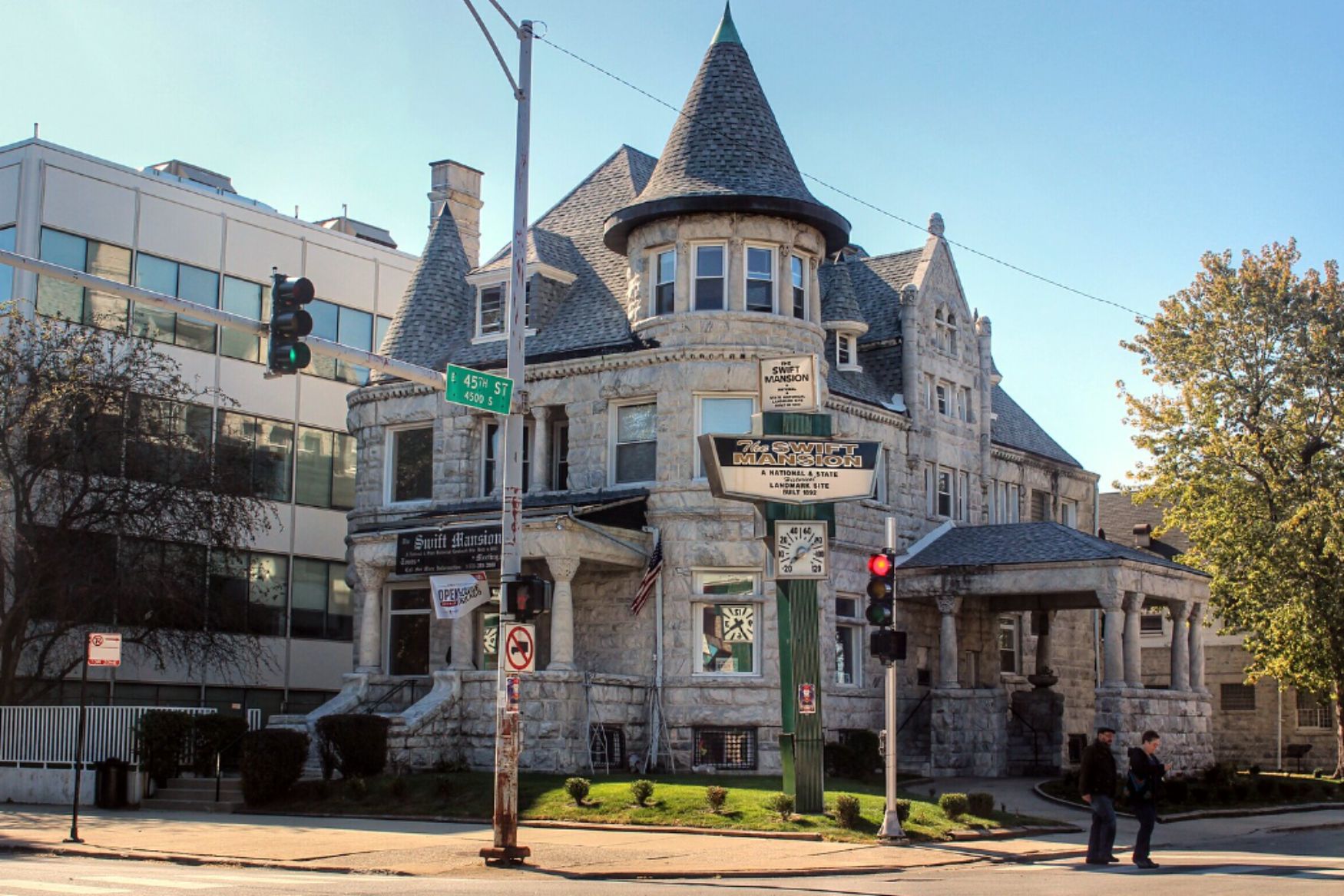
This grand residence reminds us of Bronzeville’s golden age as a center of African American culture and commerce. Built in 1892 for meatpacking magnate Gustavus Swift, the mansion became a crucial meeting place for civil rights activists.
Its elaborate stonework and preserved interior details tell stories of industrial wealth and social change.
Like Travel Pug’s content? Follow us on MSN.
St. Ignatius College Prep – 1076 W. Roosevelt Road
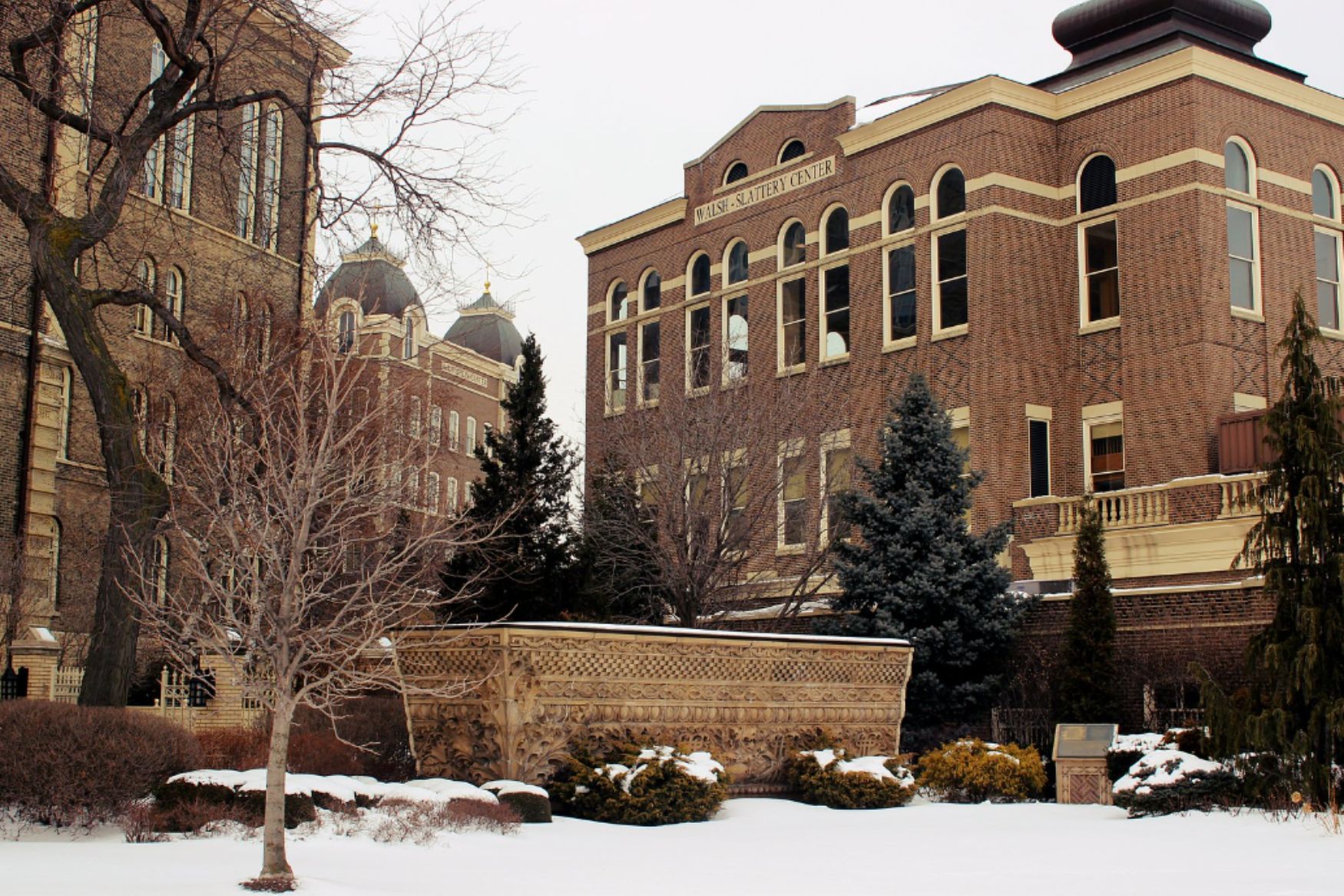
This architectural masterpiece was built after the Great Chicago Fire, opening its doors in 1869 as one of the city’s premier educational institutions. The building’s distinctive Victorian Gothic design features intricate stonework and a rare example of a 19th-century astronomical observatory.
Its halls have educated generations of Chicagoans and are a testament to the city’s rapid recovery and growth following the Great Fire.
Woolworth Building – 1343 N. Wells Street
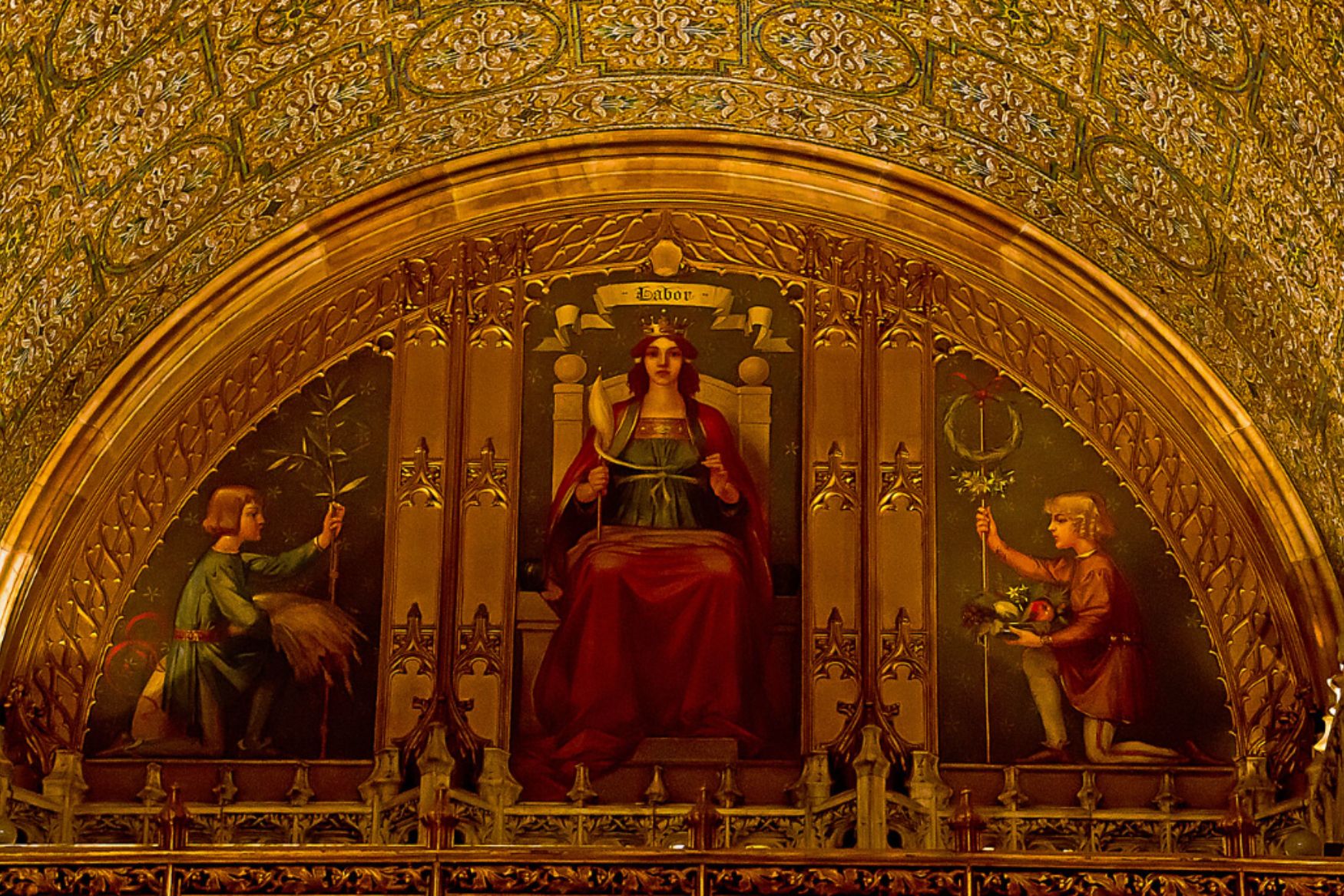
This modest structure played a significant role in retail history as one of Chicago’s earliest Woolworth five-and-dime stores. The building’s original storefront elements and upper-floor details remain largely intact.
Its presence recalls the early days of mass-market retail in America.
Like Travel Pug’s content? Follow us on MSN.
Holy Trinity Orthodox Cathedral – 1121 N. Leavitt Street
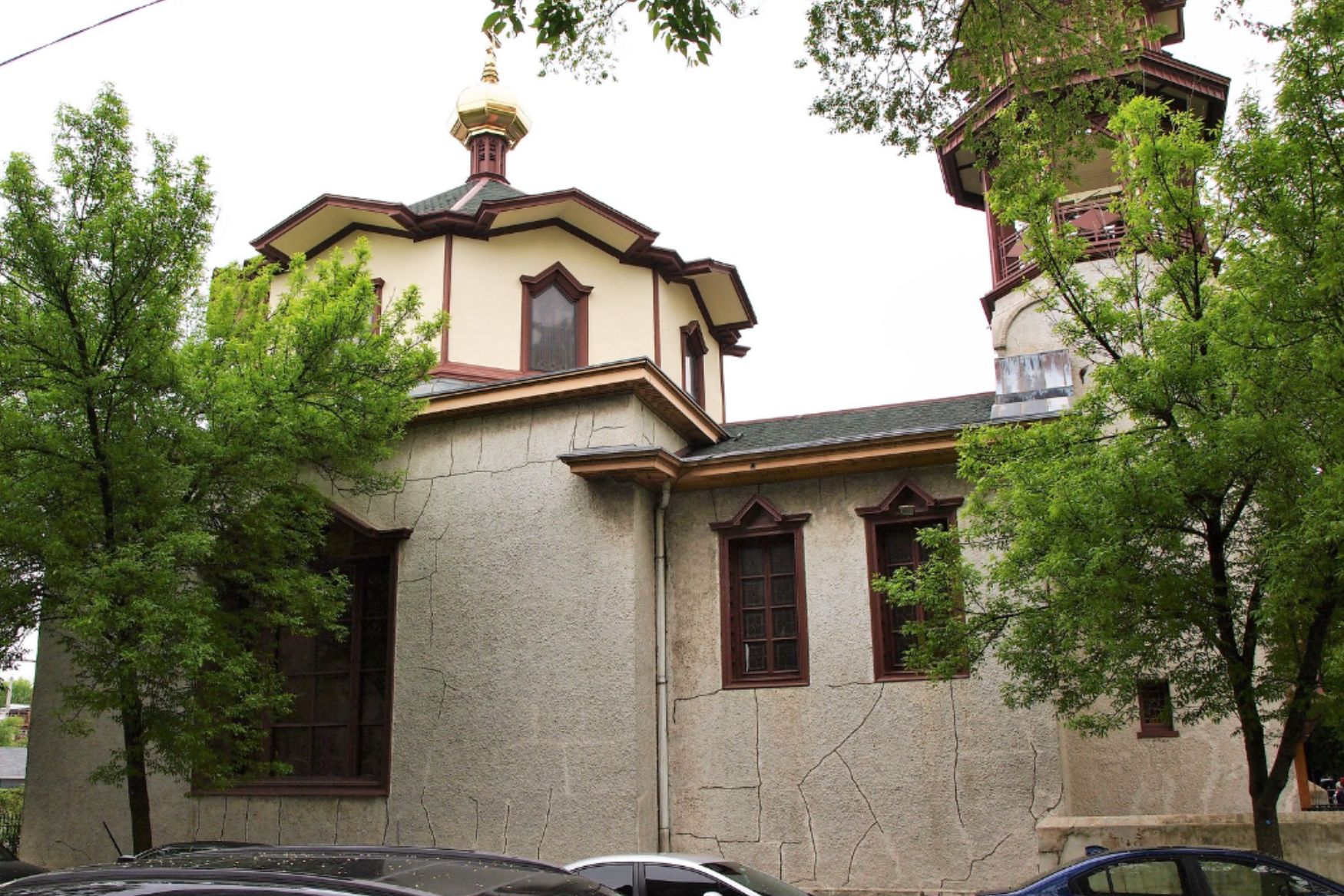
Designed by renowned architect Louis Sullivan’s former draftsman, John Theodore Ericson, this modest cathedral represents a unique fusion of Russian Orthodox and American architectural styles.
The building’s distinctive onion dome and intricate woodwork showcase the adaptation of traditional Russian forms to Chicago’s architectural landscape. Its presence reflects the religious diversity of early Chicago.
Abraham Lincoln Center – 700 E. Oakwood Boulevard
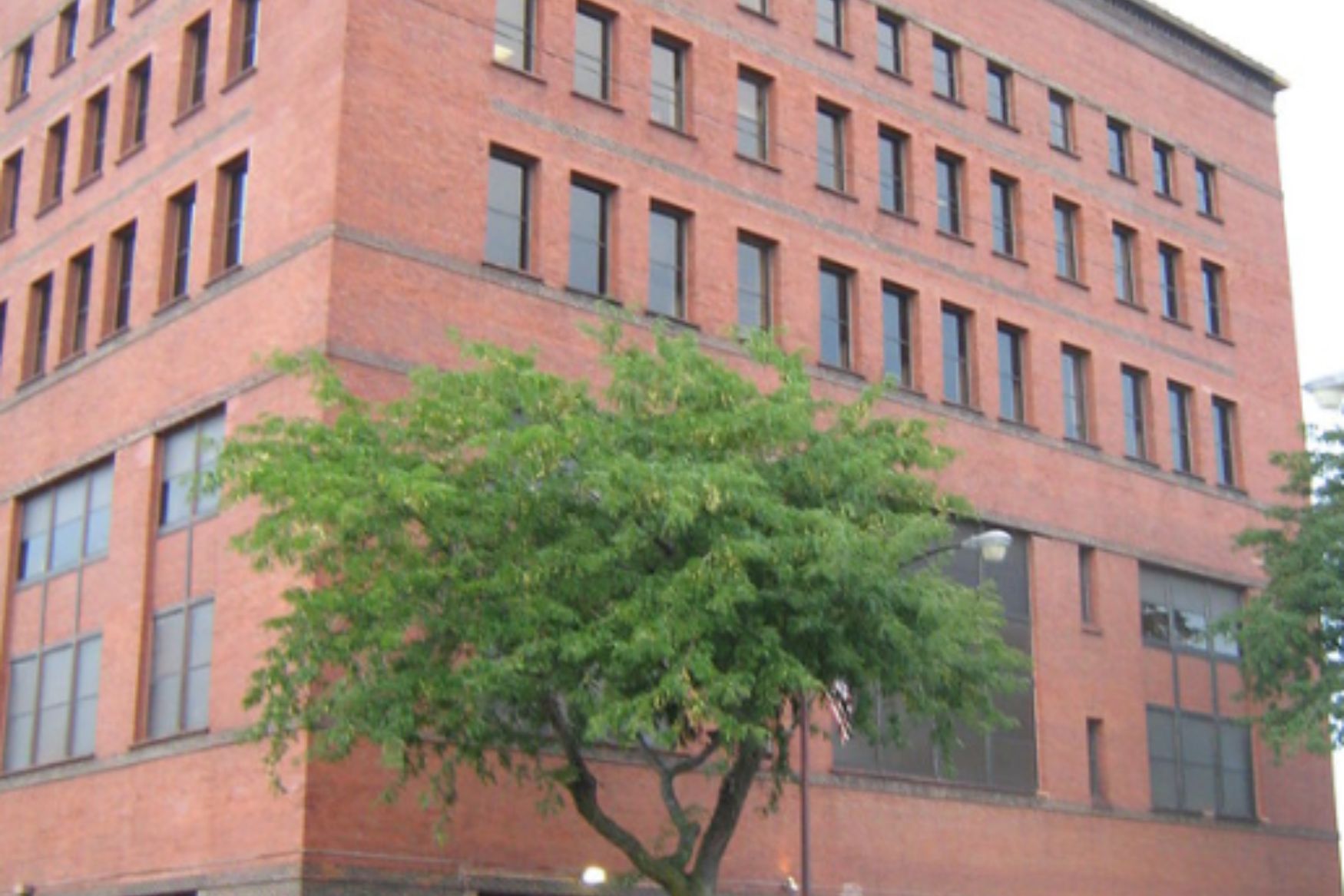
Designed by Dwight Perkins, Frank Lloyd Wright’s contemporary, this community center embodied progressive-era ideals of social reform. The building’s innovative design integrated educational, recreational, and social service spaces under one roof.
Its history reflects early twentieth-century efforts at community improvement.
Café Brauer – 2021 N. Stockton Drive
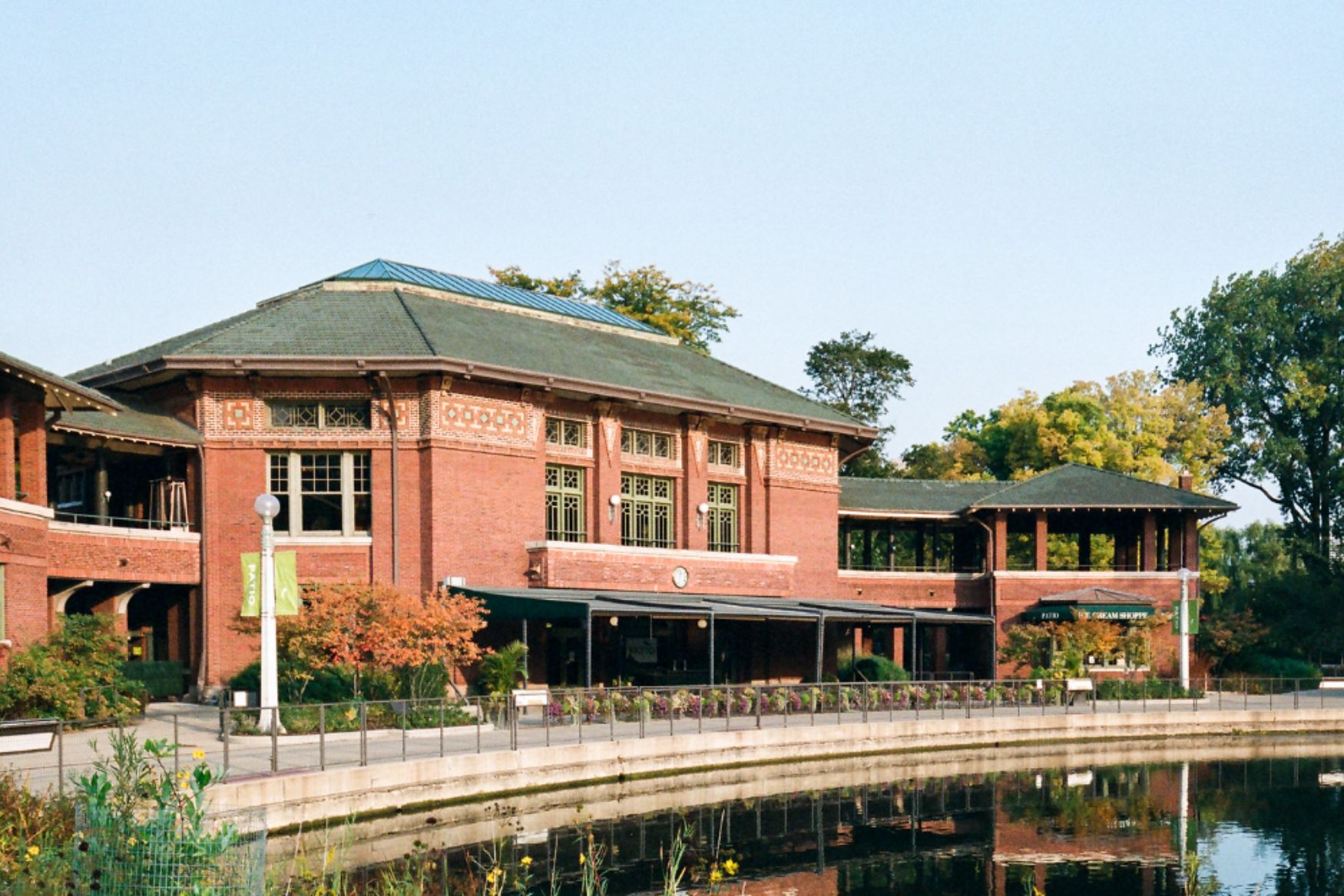
This Prairie School-style refreshment stand in Lincoln Park showcases the work of Dwight Perkins at his most creative. The building’s distinctive roofline and natural materials complement its park setting perfectly.
Its second-floor ballroom offers stunning views of the city skyline.
Like Travel Pug’s content? Follow us on MSN.
Madonna Della Strada Chapel – 1032 W. Sheridan Road
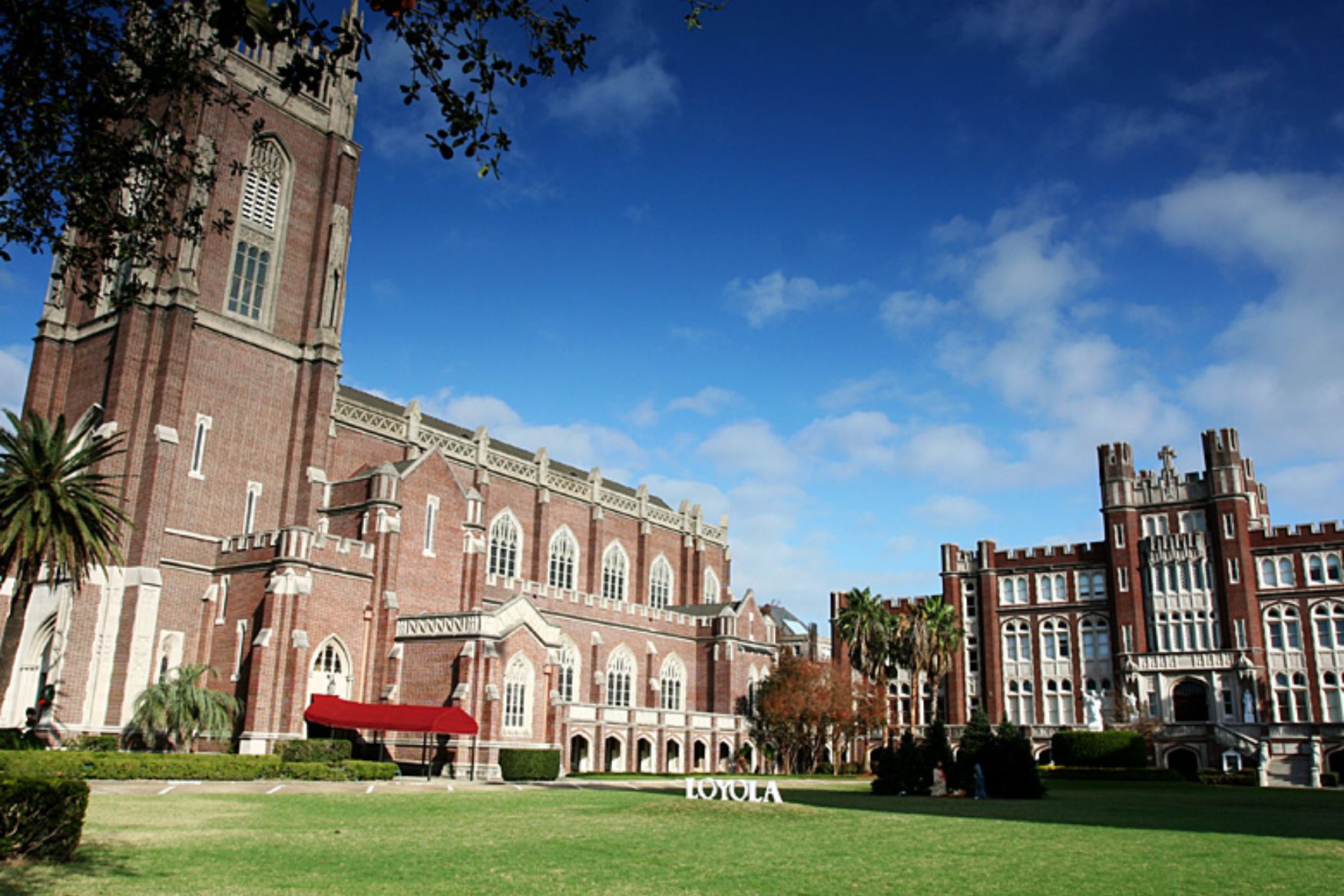
This Art Deco masterpiece on Loyola University’s campus combines modern design with traditional religious architecture. The chapel’s striking lakefront location and innovative use of materials make it a standout example of 1930s ecclesiastical architecture.
Its interior features remarkable acoustics and stained glass work.
Garfield Park Conservatory – 300 N. Central Park Avenue
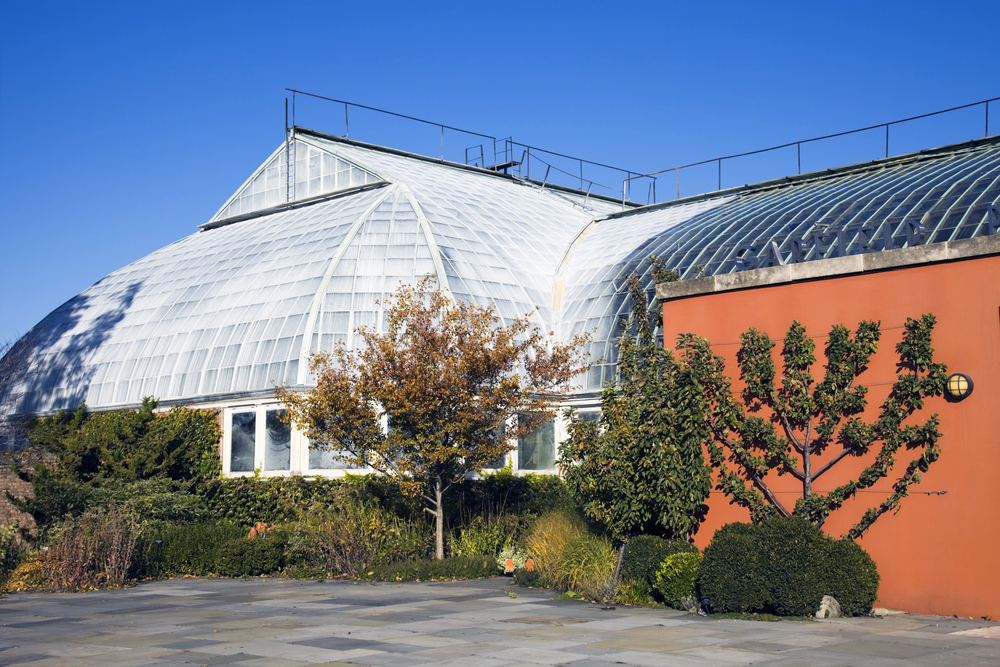
While the conservatory is well-known, few visitors explore its historic fieldhouse and surrounding grounds. The original 1928 fieldhouse contains remarkable murals depicting Chicago’s natural history.
The landscape design by Jens Jensen represents an important example of Prairie School garden planning.
Second Presbyterian Church – 1936 S. Michigan Avenue
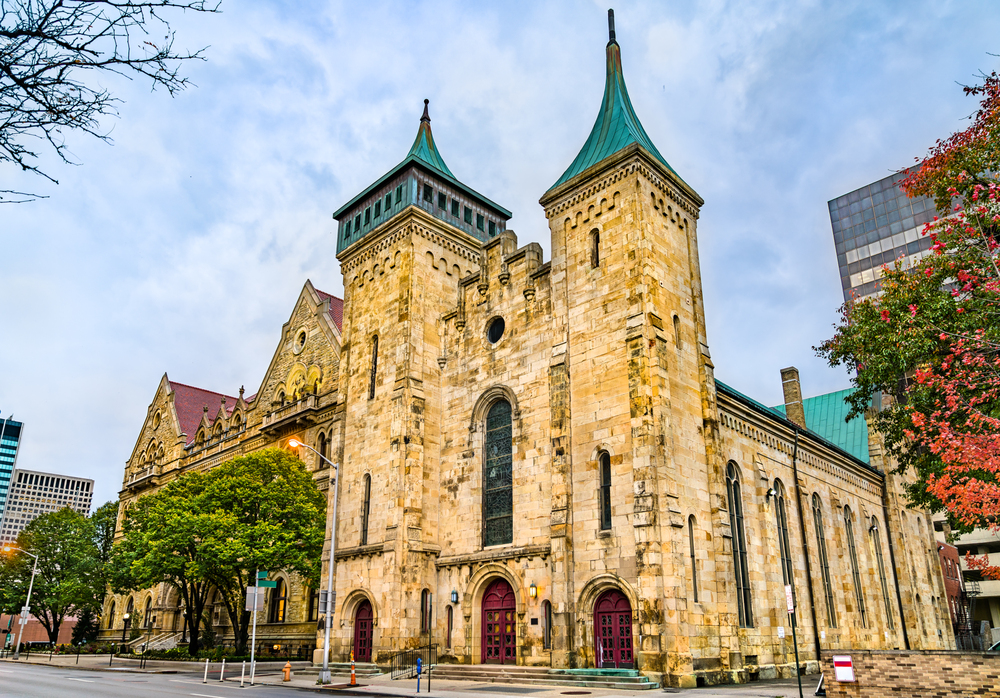
This Gothic Revival church houses one of America’s finest collections of Pre-Raphaelite stained glass. The interior features remarkable Arts and Crafts decorative elements by William Morris and Edward Burne-Jones.
Its survival of the Great Fire makes it especially significant to Chicago’s architectural heritage.
Like Travel Pug’s content? Follow us on MSN.
South Shore Cultural Center – 7059 S. South Shore Drive
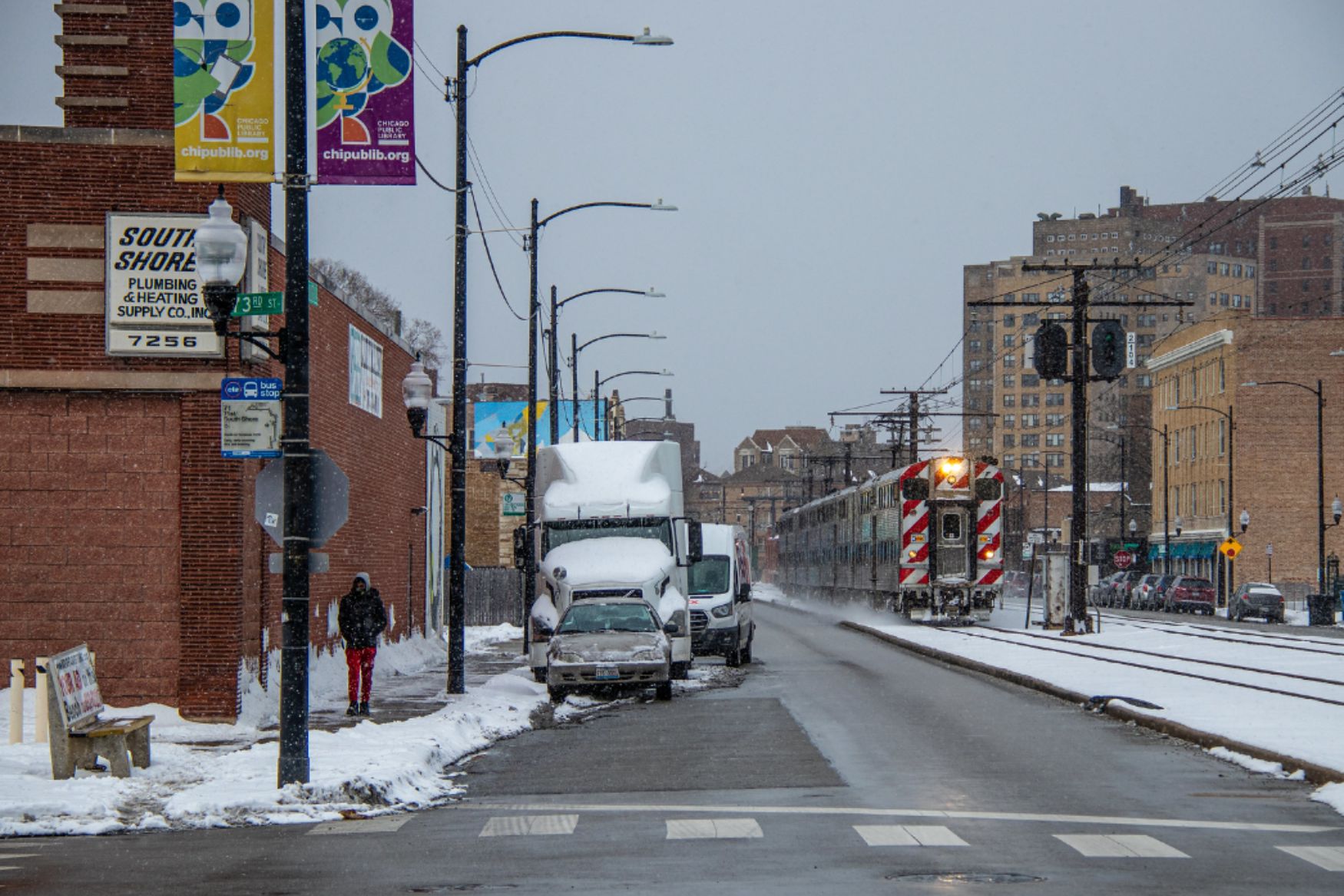
Originally an exclusive private club, this Mediterranean Revival complex now serves as a public cultural center. The building’s elaborate details and lakefront setting recall the grandeur of Chicago’s Jazz Age.
Its adaptation represents a triumph of historic preservation and public access.
St. Benedict the African Church – 340 W. 66th Street
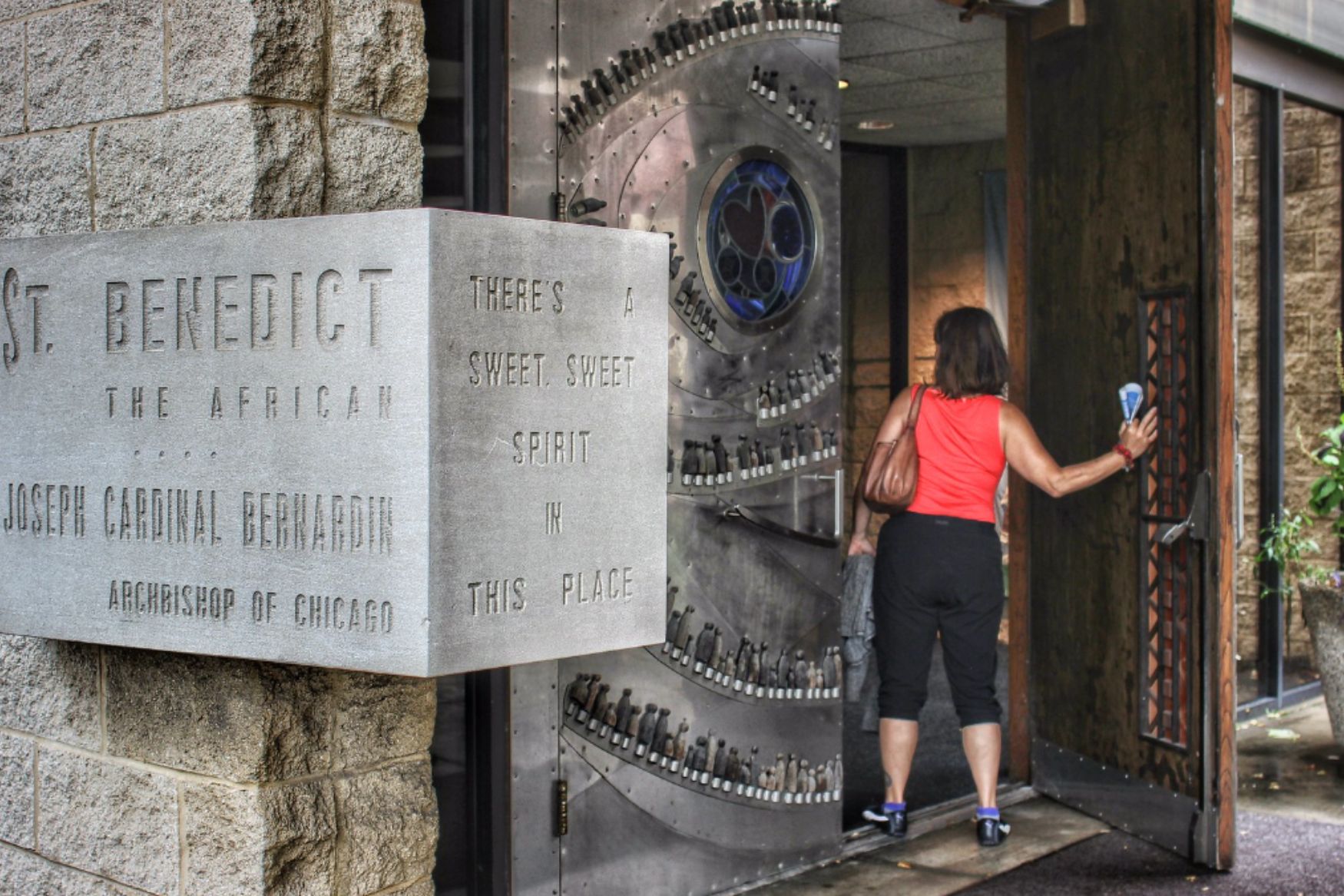
This modernist church represents a bold experiment in contemporary religious architecture. The circular design and innovative use of natural light create a unique worship space.
Its construction in 1989 marked a new chapter in African American Catholic church design.
Humboldt Park Boathouse – 1301 N. Humboldt Boulevard
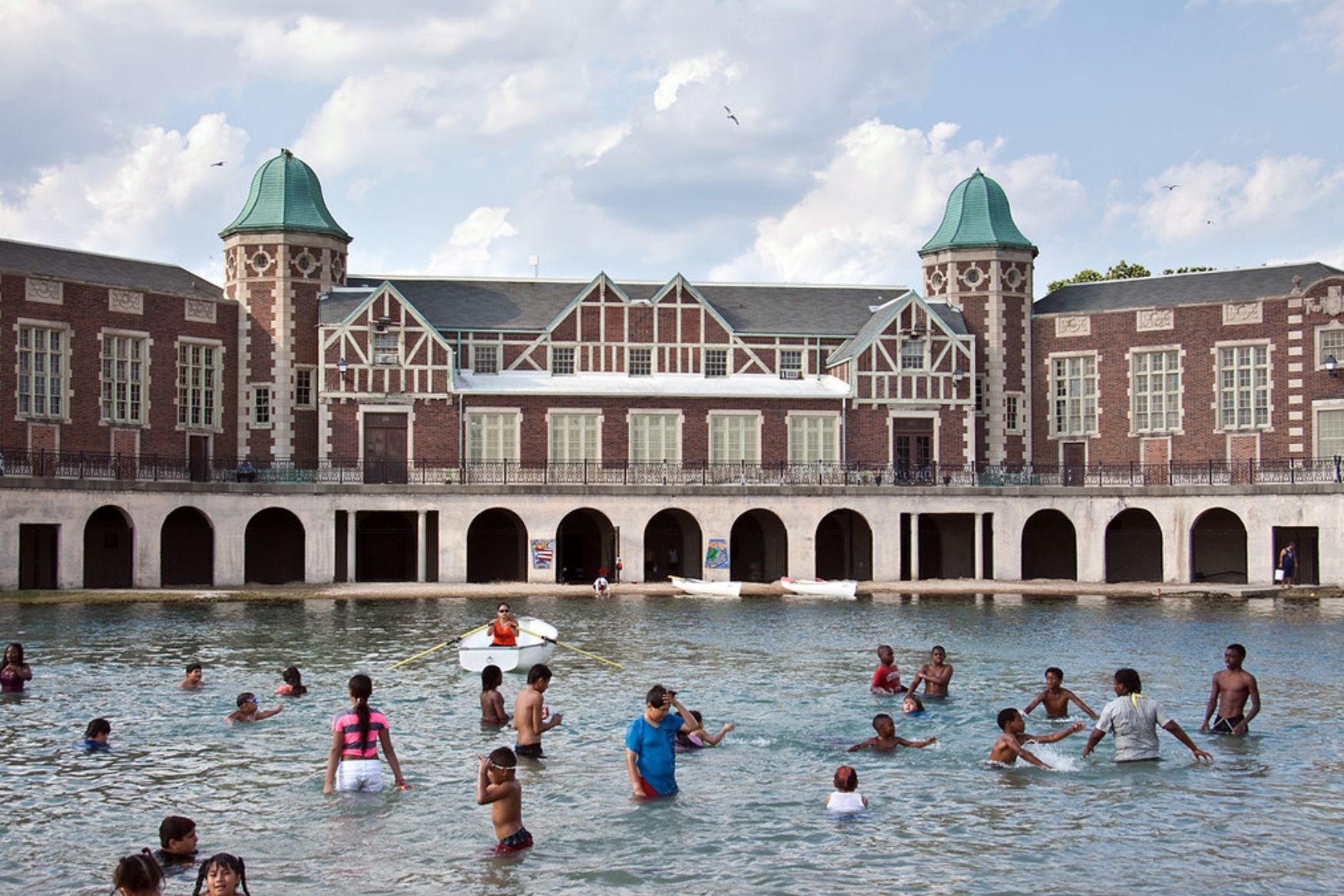
This Prairie School pavilion designed by Schmidt, Garden & Martin exemplifies Chicago’s commitment to public park architecture. The building’s horizontal lines and natural materials complement its lagoon setting perfectly.
Its restoration has preserved both its architectural significance and community function.
Like Travel Pug’s content? Follow us on MSN.
Groesbeck House – 1304 W. Washington Boulevard
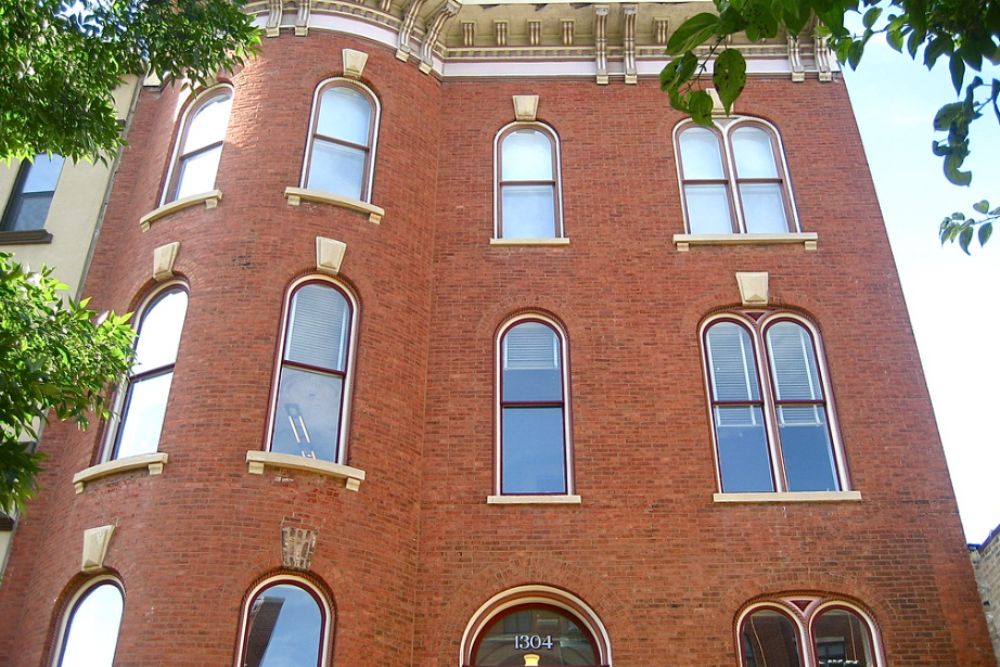
This Italianate mansion is one of the few pre-fire residences remaining in Chicago. The house’s carefully preserved exterior details and interior woodwork showcase the craftsmanship of the 1860s.
Its survival provides valuable insights into pre-fire residential architecture.
Unity Church – 875 Lake Street, Oak Park
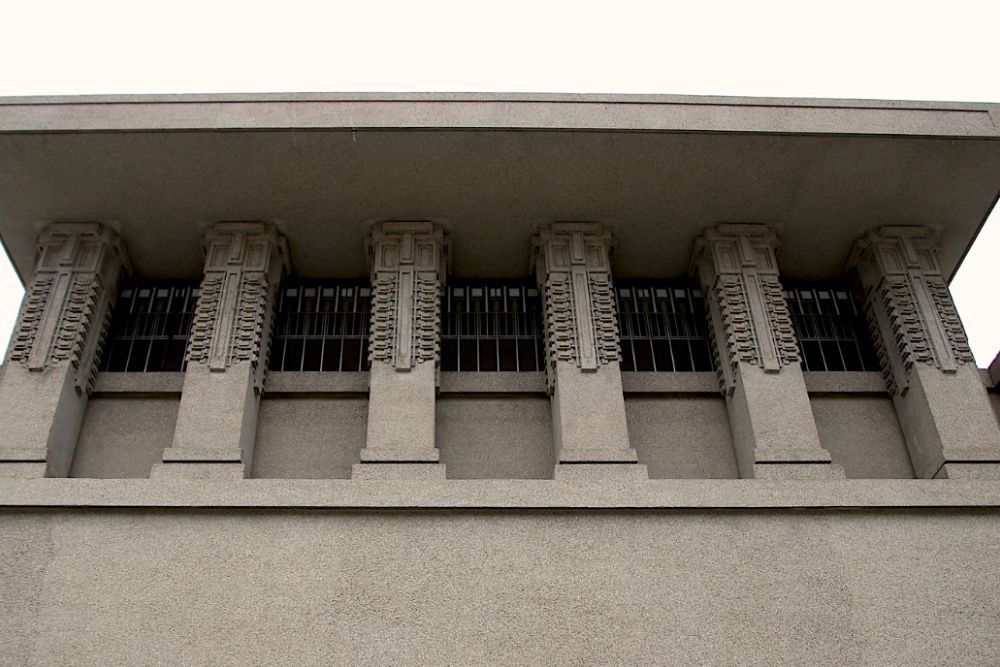
While technically in Oak Park, Chicago visitors often overlook this Frank Lloyd Wright masterpiece. The church’s innovative use of concrete and light revolutionized religious architecture.
Its restoration has preserved Wright’s original vision while adapting to modern needs.
Former Schlitz Brewery Tied House – 1944 N. Oakley Avenue
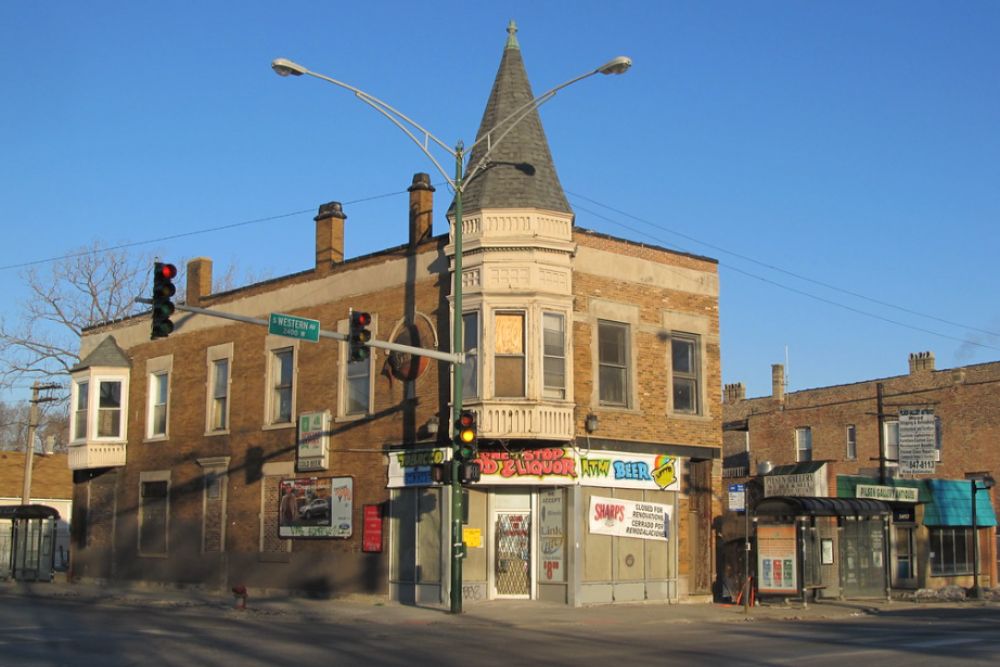
This distinctive corner building represents the era when breweries operated their saloons. The building’s elaborate Germanic details and copper ornaments reflect its original purpose.
Its preservation tells the story of Chicago’s rich brewing heritage.
Like Travel Pug’s content? Follow us on MSN.
Exploring Chicago’s Hidden History Continues
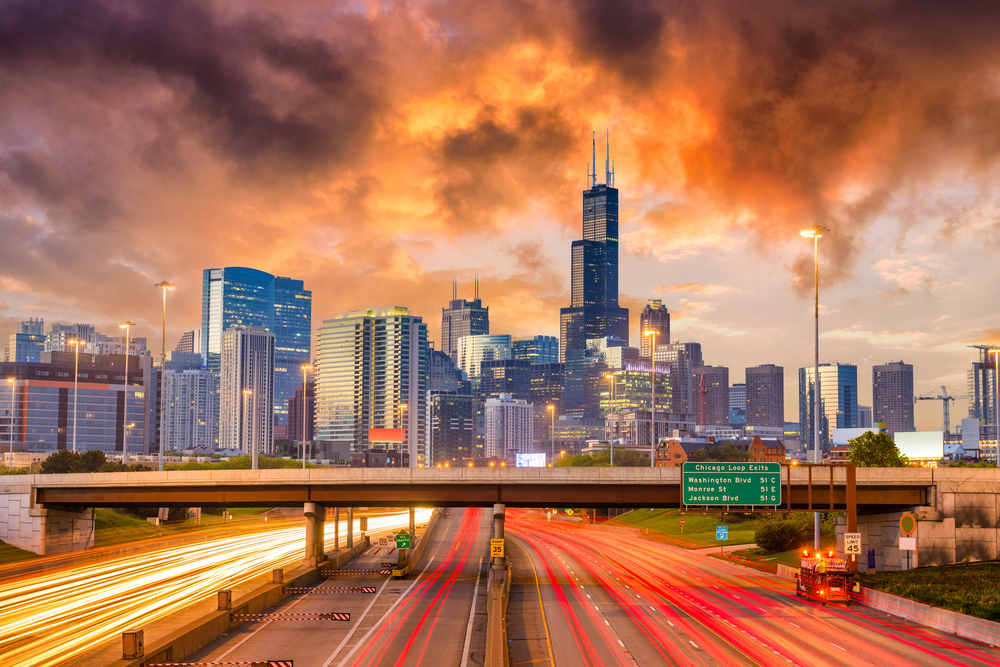
These 19 sites merely scratch the surface of Chicago’s lesser-known historical treasures, offering unique insights into the city’s rich past. Whether interested in architecture, social history, or discovering new perspectives on the city, these locations reward curious visitors with authentic Chicago stories and experiences.
Consider making these hidden gems part of your next Chicago adventure. Remember that sometimes, the most memorable discoveries are just off the beaten path.
More from Travel Pug

- 15 Dangerous European Cities to Avoid
- 15 Caribbean Islands Where Tourists Keep Getting Scammed
- The 20 Most Fascinating Abandoned Places: A Journey Through Time and Forgotten Spaces
- 15 Hidden Places in the Smithsonian Museums Locals Love: A Guide to Lesser-Known Treasures
- 16 Hidden Florida Beach Towns That Aren’t Overrun with Tourists
Like Travel Pug’s content? Follow us on MSN.
